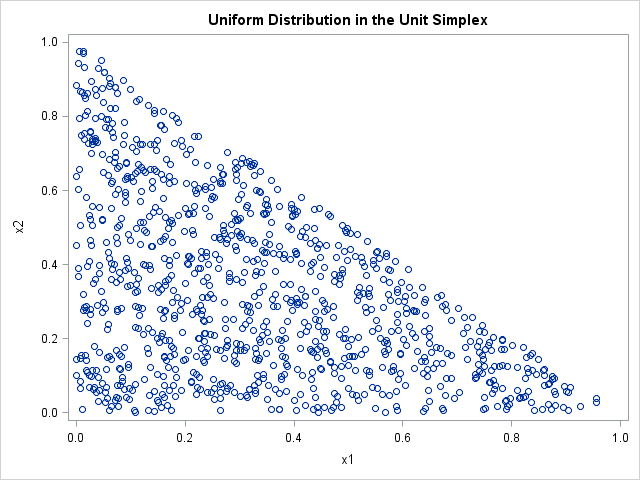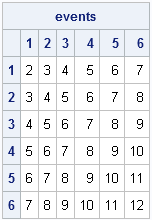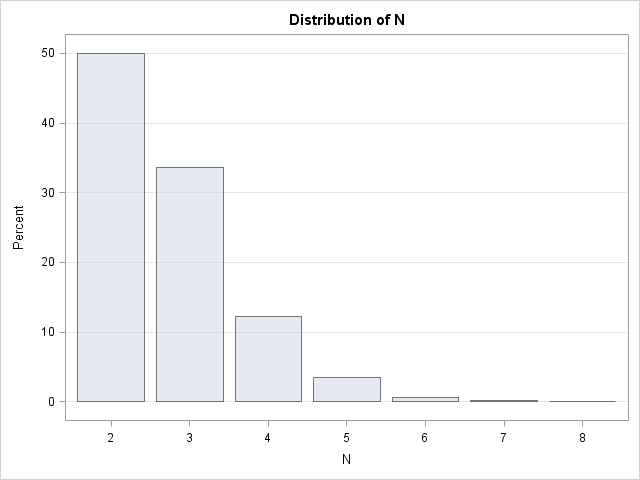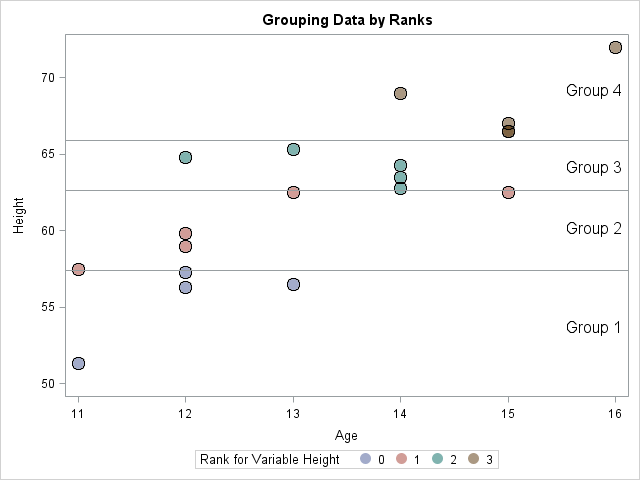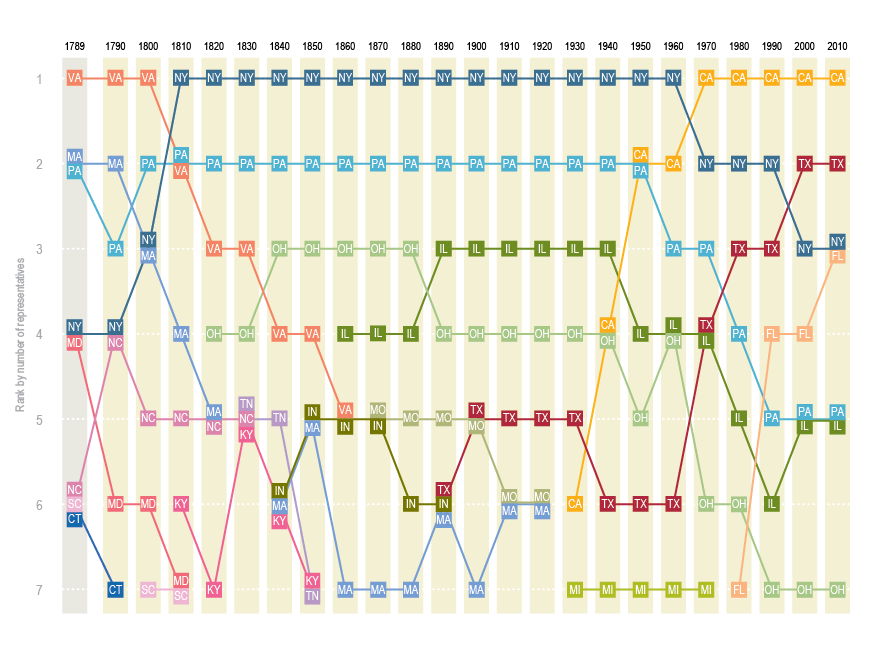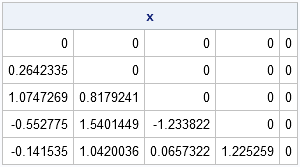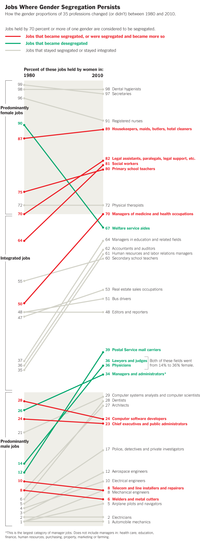
The New York Times has an excellent staff that produces visually interesting graphics for the general public. However, because their graphs need to be understood by all Times readers, the staff sometimes creates a complicated infographic when a simpler statistical graph would show the data in a clearer manner. A


